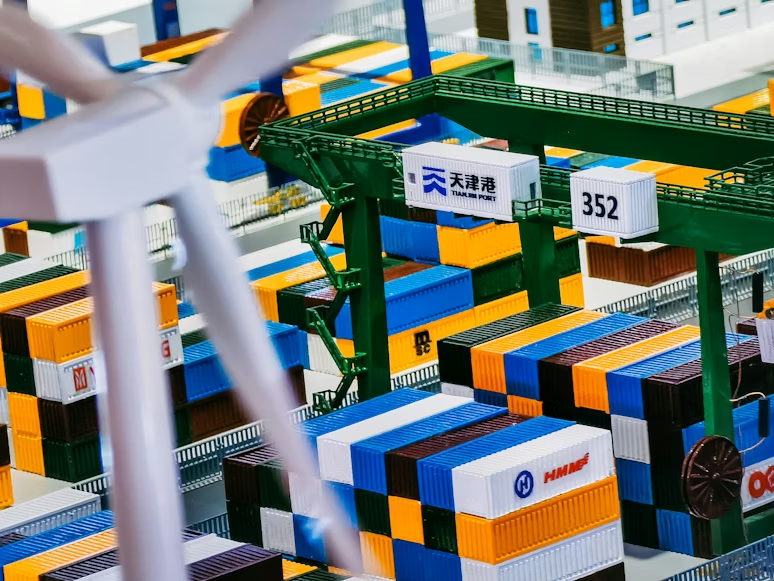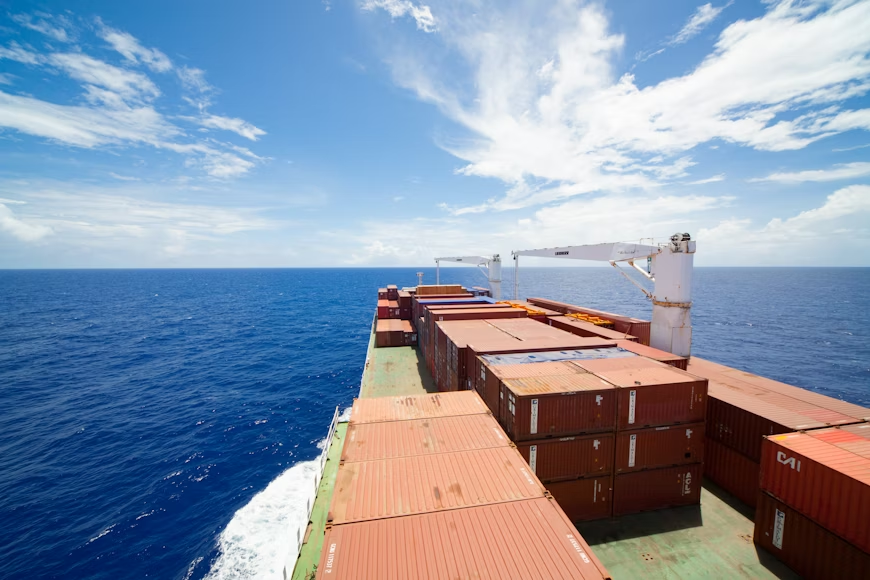The fashion industry stands at the forefront of the evolving landscape of global trade dynamics, facing potential transformations due to emerging barriers, trade tensions, and uncertainties. This analysis explores the potential reconfiguration of apparel trade and its implications for companies navigating the complexities of international commerce.
Cross-border trade policies and geopolitical factors wield substantial influence over the fashion sector. Recent discussions surrounding trade realignments involving the United States and key trade partners have underscored the industry’s vulnerability to policy shifts. Simultaneously, shifts in global trade dynamics, marked by heightened commerce among emerging economies in the Global South, signal the likelihood of reevaluations in sourcing and pricing strategies in the foreseeable future.
The concept of “Trade 2.0” emerges as a pivotal trend in the fashion sphere, outlined in our State of Fashion report, developed in collaboration with the Business of Fashion (BoF). Amidst the current landscape, fashion entities find themselves amidst a whirlwind of trade-related developments. Escalating trade tensions, primarily between the United States and major economies, are poised to amplify costs for certain stakeholders and intensify the risk of operational disruptions. Nevertheless, amidst these challenges, new trade accords hold promise for more favorable trading conditions in specific contexts.
The United States, home to an apparel industry constituting 6 percent of imports yet bearing 51 percent of tariff receipts, grapples significantly with tariff implications. Recent tariff implementations on Chinese goods, affecting products like leather clothing, woven fabrics, and wool yarn, directly impact consumers. Consequently, industry giants like Gap and Samsonite, heavily reliant on Chinese manufacturing, contemplate raising consumer prices.
Paradoxically, while escalating tariff battles ensue between China and the United States, China aims to render certain imports more affordable. Strategic reductions in import duties prompted LVMH to lower prices by 3 to 5 percent on select items sold within China. Moreover, China’s tariff reduction on textiles and construction materials from 11.5 percent to 8.4 percent in September 2018 unveiled a complex interplay between tariff revisions and retaliatory measures.
Amid pockets of positive trade developments, the prevailing theme in 2017 centered on tighter trade conditions between specific trading partners. G-20 economies witnessed a surge in restrictive measures, escalating from $47 billion in May 2017 to $74 billion in May 2018. In contrast, trade-facilitating measures, encompassing tariff eliminations and streamlined customs procedures, plummeted from $163 billion to $83 billion during the same period. This tumultuous trade climate has corresponded with an uptick in consumer apprehension, as evidenced by increased searches for keywords like “trade war,” “trade tensions,” or “tariffs.”
Projections by the International Monetary Fund forewarn that escalating tariffs and consequent trade tensions could potentially curtail global economic growth by 0.5 percent by 2020. This looming specter has increasingly preoccupied executives, with trade relations emerging as a top concern affecting global economic growth, as revealed in McKinsey’s Economic Conditions Snapshot.
Brexit adds another layer of complexity, particularly impacting the UK’s textiles, apparel, and footwear sectors due to high export levels, reliance on international talent, and foreign raw material dependence. Anticipation of Brexit’s adverse impact on the fashion industry echoes across both the United Kingdom and the European Union, with stakeholders expressing concerns about export-related ramifications and currency devaluation.
Across the Atlantic, the US fashion sector confronts trade-related risks, with protectionist trade policies ranking as the primary business challenge per the United States Fashion Industry Association. The sector’s apprehensions manifest in opposition to increased taxation on Chinese textile and apparel imports, with notable labels advocating against such measures.
In response to escalating tariff uncertainties, some fashion entities contemplate relocating production from regions where tariff barriers could amplify operational costs. This strategic pivot reflects a broader trend seen in companies like Puma, Steve Madden, and Wolverine World Wide, considering shifting production away from China.
Trade data underscores a pronounced shift in the apparel industry’s sourcing markets, with emerging markets gradually augmenting their market share vis-à-vis China. Notwithstanding this shift, China remains a pivotal sourcing market despite a discernible decline in its share of apparel exports.
Amidst escalating trade tensions, positive trade dynamics also materialize through the establishment of new agreements and the emergence of alternative trade routes. The EU’s recent agreements with nations including Canada, Mexico, Japan, Singapore, Vietnam, and Eastern European countries signal a concerted effort toward fostering favorable trade conditions. Simultaneously, the uptick in South-South trade, particularly among emerging countries in the Asia-Pacific region, foretells a shifting trade landscape.
Expectations of a trade-driven paradigm in 2019 envision reevaluated sourcing strategies by international brands, potentially favoring countries engaged in freshly negotiated trade agreements. Furthermore, the surge in South-South trade forecasts challenges and opportunities for fashion entities reliant on rapid production cycles, necessitating innovative strategies such as nearshoring or onshoring to sustain delivery speed and production quality amidst tariff constraints.
The evolving trade landscape will inevitably compel tough commercial decisions, especially for luxury brands heavily reliant on markets like China and the United States. Balancing the choice between price hikes or managing squeezed profit margins emerges as a critical dilemma for these players.
In summary, the fashion industry faces an evolving trade landscape, characterized by escalating tensions, evolving trade routes, and strategic recalibrations in sourcing strategies. Navigating these dynamics will necessitate adaptive strategies, as stakeholders brace for a trade environment marked by both challenges and opportunities.
For the full analysis and insights into the ten significant trends shaping the fashion industry, we encourage readers to explore our comprehensive State of Fashion report in collaboration with the Business of Fashion (BoF).
Breaking supply chain news is just a click away at The Supply Chain Report. Enhance your knowledge of international trade at ADAMftd.com with free tools.
#FashionIndustry #GlobalTradeDynamics #ApparelTrade #Trade2_0 #CrossBorderTrade #GeopoliticalFactors #TradeTensions #USChinaTariffs #EmergingEconomies #FashionSourcing #LVMH #Gap #Samsonite #Puma #SteveMadden #WolverineWorldWide #BrexitImpact #USFashionIndustry #Protectionism #TariffImplications #TradeAgreements #SouthSouthTrade #Nearshoring #Onshoring #LuxuryBrands #FashionChallenges #BusinessofFashion

















